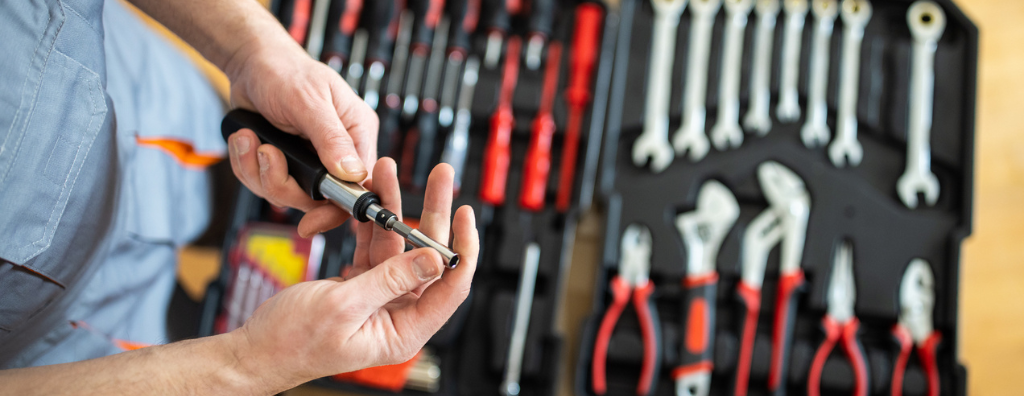As you prepare to sell your house and move to a new one, you may be taking a fresh look at your belongings. You might be wondering how they’ll work in the new home or if you’ll need to upgrade to new ones. If you’re staging your current home and need to declutter, you are probably considering which items you can live without. A yard sale is a great way to get rid of old items, reduce what you have to move with you, and make room for the new. Here are some tips to make your yard sale a success.
Determine What to Sell
A good rule of thumb when deciding what you want to sell is, if you haven’t used it in more than a year, get rid of it. This doesn’t hold true for keepsakes and heirlooms, but if it’s not sparking joy and it’s been in storage for a year or more, add it to the “for sale” pile.
Make It a Neighborhood Event
Consider contacting your neighbors to coordinate having one large neighborhood sale on the same day. This will help attract more buyers. Have each participating household pitch in a few bucks for signage you can post around the area directing people to your sales. When the buyers have left and you’re finished packing up, bring out the grills and make it a block party!
Helpful hint: check your local laws or HOA rules to see if you need permits for a community sale or outdoor party.
Get the Whole Family Involved
If you have kids and they want to sell some of their things, have them help by putting price stickers on their items or, depending on their age, making change when people pay for their purchases. If you aren’t selling children’s items but you have young ones who still want to be involved, help them set up a lemonade stand or host a small bake sale.
Promote on Social Media
Create a Facebook event page and invite all your friends. Tweet about it and create a fun hashtag, then offer a prize to those who repost about your sale. Post a carousel of the images for sale on Instagram. Use Nextdoor or another neighborhood app to invite people you may not know in other neighborhoods. Whatever old knick-knacks you may uncover are sure to be a hit for somebody, and spreading the word of your sale beyond those who are nearby will help them find you.
Offer Multiple Payment Options
Not everyone carries cash these days. If you offer them the ability to pay via PayPal, Venmo, Zelle, or another peer-to-peer payment platform, you’ll make more sales. You’re also more likely to turn passers-by into buyers, especially if they are walking or on a bicycle and aren’t carrying their wallet.
Be Flexible with Prices
Decide which, if any, big-ticket items you will not haggle over, and then be willing to adjust your prices and leave room for some friendly negotiation for everything else. The idea is to get rid of things—not get rich.
Donate the Leftovers
After your sale is over, do not put the leftovers back in your house, garage, or storage. Immediately box or bag them up and drive them to your local Goodwill, Salvation Army, or other donation center. That way, there is no chance of procrastination, second guessing, or keeping things you do not need.
 Facebook
Facebook
 Twitter
Twitter
 Pinterest
Pinterest
 Copy Link
Copy Link
















